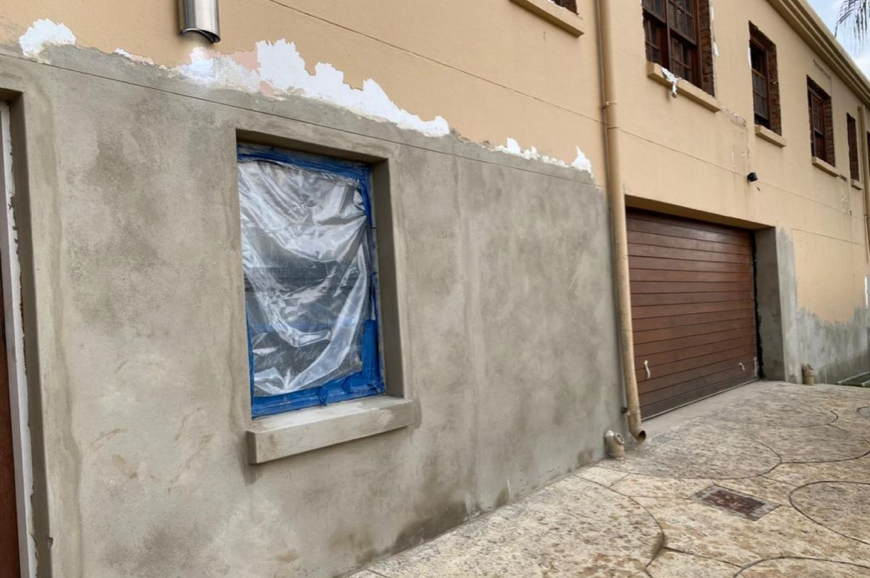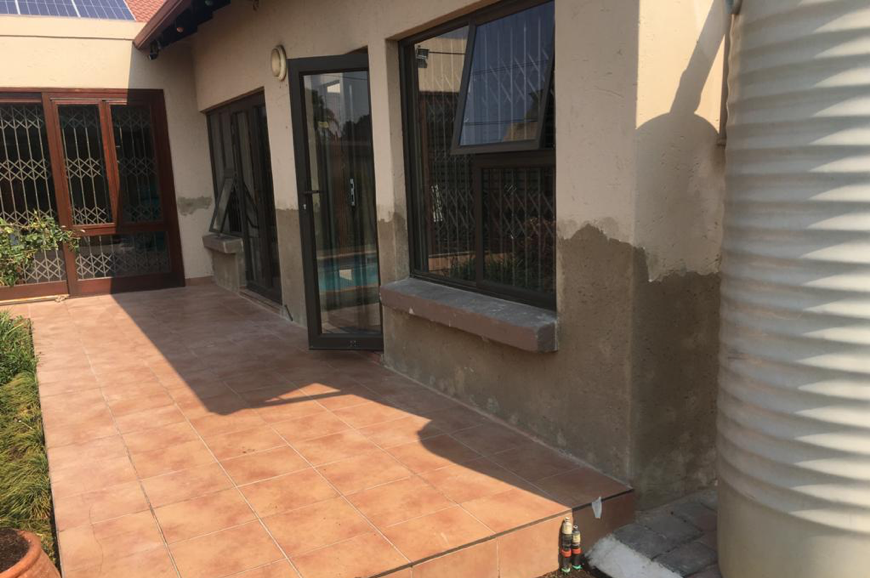From bubbling paint to cracked plaster and even mould, damp appears in many forms and, if inside your home, can have negative effects on your health, and those with lung-related illnesses will be at even more risk. Besides the fact that it looks terrible when outside, damp will erode plaster, saturate the wall and eventually cause damp internally.
Structural issues, such as damaged guttering, roofing, or wall cracks, are generally the cause of penetrating damp problems. As the building ages, the damp course barrier deteriorates, allowing moisture to rise from the ground up into your walls, which then causes both internal and external damp.
This makes damp proofing essential for ensuring maximum durability and longevity of any building, whether residential, commercial, or industrial.



